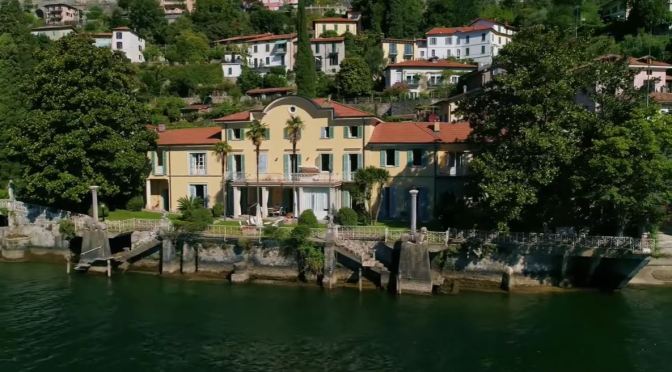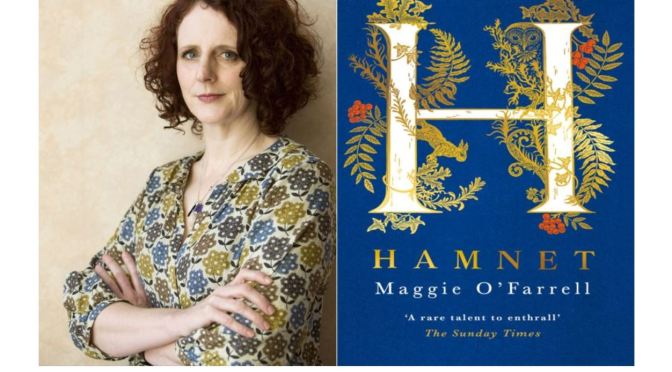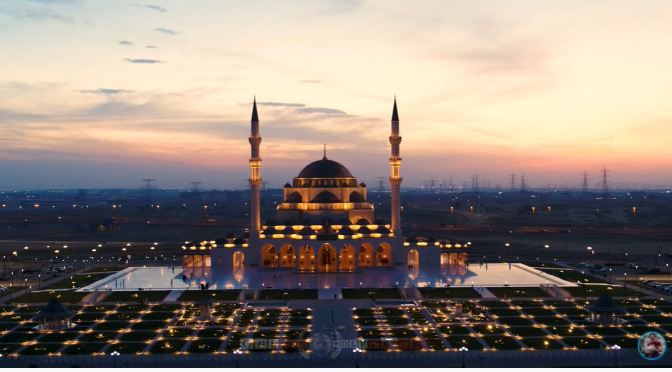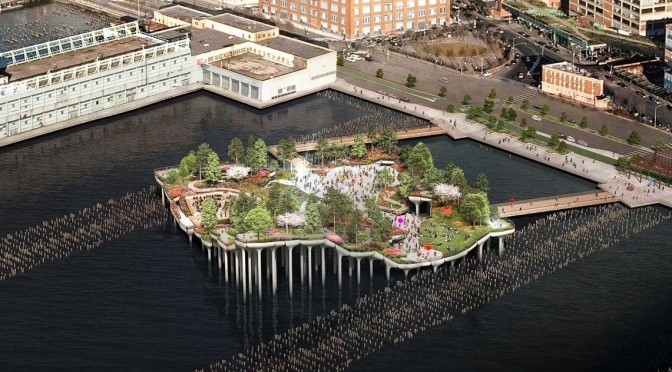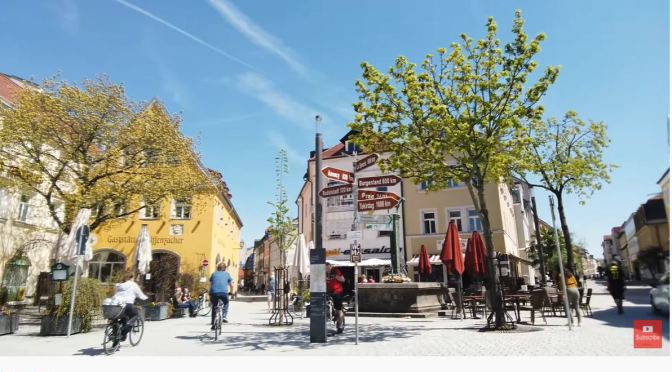Carate Urio is on the western shore of Lake Come, about ten kilometers from the town of Como. Originally founded as two inhabited areas -Urio and Carate Lario- the shared a common history and ties, so were administratively unified in 1927.
Lake Como, in Northern Italy’s Lombardy region, is an upscale resort area known for its dramatic scenery, set against the foothills of the Alps. The lake is shaped like an upside-down Y, with three slender branches that meet at the resort town of Bellagio. At the bottom of the southwest branch lies the city of Como, home to Renaissance architecture and a funicular that travels up to the mountain town of Brunate.
Enchanting period villa, dating back to the early 1700, with direct access to the lake; lakefront park of over 2000 square meters planted with centuries-old trees, splendid swimming pool surrounded by the greenery with solarium / relaxation area, lakefront walk of over 100 meters, 3 proprietary docks with convenient docking / entry and exit for medium-sized boats. The property is composed as follows: Main villa of about 750 square meters, on three levels, with up to 6 bedrooms, each with its bathroom. Guest villa of 450 square meters on 3 levels, with a private park of about 2800 square meters connected to the main garden through a historic and romantic bridge overlooking the Via Vecchia Regina. Large uncovered parking area for at least 6 cars as well as garages and storage rooms.

